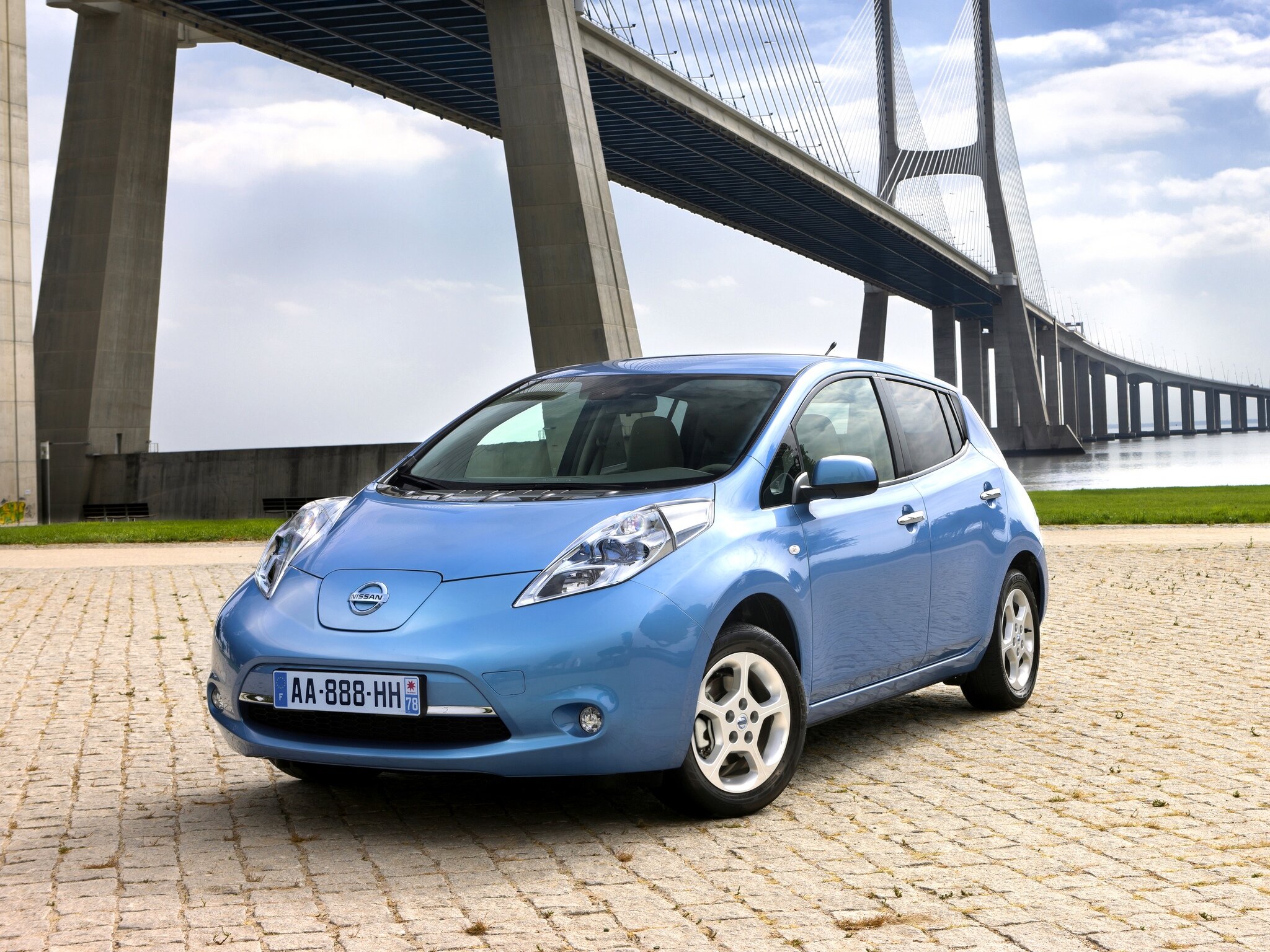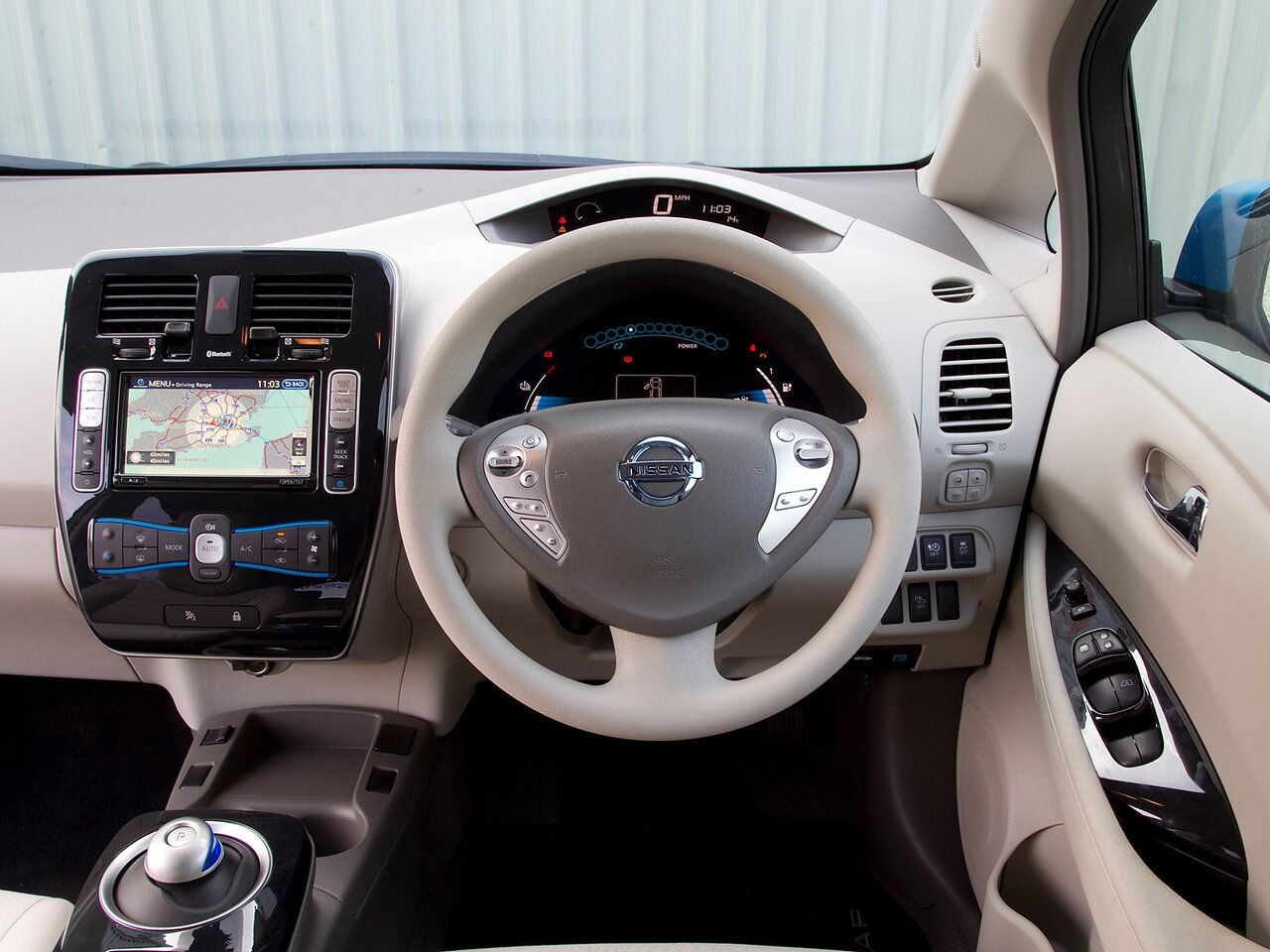
Nissan Leaf: a face only its mother would love?
Every Monday we’re serving you up a delicious slice of pure postulation. That’s right, once a week we’re using our expertise and passion for the subject to predict what motors are destined for classic car stardom. This week, Parkers finance editor and former Classic Car Weekly news editor, Murray Scullion proposes the Nissan Leaf.
Describing an electric car as a future classic might be an apparition for some people. But of course, those in the know recognise that electric cars have actually been around since the 1800s. They were once even as popular as petrol.
So what’s the big deal with the Leaf then? Well, it highlighted the second coming of the electric car. We’d even go as far as saying it became the first truly mainstream electrically powered car that regular people bought.
Nissan Leaf: History
We guess the best way to start off the history section of the Nissan Leaf is by running through a brief history of the electric car. Throughout the car’s timeline big manufacturers, smaller outfits, and zany one-man bands have attempted to get the electric car going.
The first car to ever crack 100km/h was electric - the 1899 La Jamais Contente. Walker made electric vans for the likes of Harrods in 1919, while in 1934, Partridge, Wilson & Co was set up to make the most famous of electric vehicles, (for Brits at least) the milk float. Between the thirties and the 2000s there were many small-fry electric cars that failed to make much of an impact, including efforts from BL (the Compton-Leyland) and the infamous General Motors EV1.
Anyway, back to the Leaf. It was first launched in Japan and the USA in 2010, and reached the UK’s shores in 2011. Its big selling points were that it was the first mass-market electric car with a range (well, theoretically) of 100 miles - plus it could be plugged in from home.
It seemed like it was from the future. Not only was it electric, but its frog-like features looked alien, and without the need for a gearbox, it made do without a gearstick - simply having a rotary knob. Because it was so silent, special work went into the ‘aeroacoustics’. With no engine noise to mask wind and tyre roar, Nissan had to rethink how noise entered the car.
By 2013 the Leaf was now being built in Britain. Minor battery and trim changes were introduced. In 2015, a new high capacity 30kWh battery, claiming a 155-mile range arrived. The second generation Leaf arrived in 2017. And with it, the frog-like front-end was lost forever.
Nissan Leaf: Rarity

An interior unlike any other classic you’ll have dealt with before
Usually at this point in our Monday Modern Classic rant we muse about cars being scrapped because they’re too complex, or not worth enough money to fix. The same can’t be said of the Nissan Leaf. It’s relatively easy to fix (more on that later) plus, it’s not become old enough yet for any to be written off due to repair costs.
Rarity only really comes into play on one front from the Leaf - and that’s that despite being the bestseller in the electric car market, only around 11,000 Mk1s were registered in the UK. Most of these will still be on the road - but it still makes them relatively scarce considering Nissan shifted more than 52,000 Qashqais in 2019 alone.
Why should you care?
The overall ecological benefit of buying an electric car is a hotly debated topic with a lot of nuances. However, one thing that’s easy to understand is that electric cars don’t produce any nasty emissions while they’re running. If you regularly drive in congested areas, using an electric car means you’re not dirtying the air around you. Simple.
Besides, pragmatically, the Leaf offers an awful lot for £7000. It costs nearly nothing to fuel, and it’ll prove reliable too - no engine + fewer mechanical parts = less to go wrong. Leafs should be serviced annually, or every 18,000 miles. No oil changes needed - which means more savings, plus, it’s only really the suspension and brakes that need servicing (along with other fluids like the brake oil). Best of all, thanks to regenerative braking, some pads can last between 40,000 and 50,000 miles.
It’s no low-slung mid-engined sports car to drive (incidentally, because the batteries are stored underneath the driver, you do sit oddly high up) but the instant torque is fun, especially if you’ve never driven an electric car before.
The CCfS Classic Car Prediction
Ah yes. The prediction. Do we think the Leaf will become a classic car? Yes. How long? A long-time yet. As more and more electric cars come out, the Mk1 Leaf will begin to age more and more, which in this case, is good. We expect the Nissan Leaf will join the classic car fraternity by 2030 - once it’s twenty years old and has begun to look hugely simplistic compared with other electric cars.
We certainly think most big car shows will have some kind of electric car section (maybe even with chargers) in ten years time. But, we expect the local classic scene will take a full twenty years to really switch on to the idea of the Nissan Leaf. We’d also wager that while high end concours events will never ever accept a Nissan Leaf, electric-specific classic events will crop up in the next decade or so.
